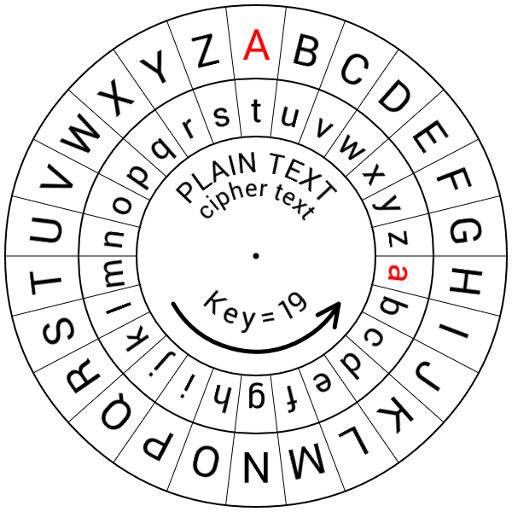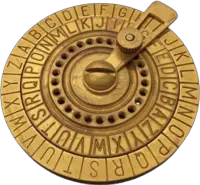The Caesar Cipher is one of the simplest and most widely known encryption techniques used in cryptography. It is named after Julius Caesar, who is said to have used it to communicate with his generals during his campaigns. The Caesar Cipher is a substitution cipher, where each letter in the plaintext is replaced by a letter a certain number of positions down the alphabet. This shift is known as the key. For example, if the key is 3, then the letter A would be replaced by D, B by E, and so on.

How the Caesar Cipher Works
To encrypt a message using the Caesar Cipher, the sender simply needs to replace each letter in the message with the letter that is three positions down the alphabet. For example, the word “HELLO” would be encrypted as “KHOOR” using a key of 3. To decrypt the message, the recipient simply needs to shift each letter three positions up the alphabet. This reverses the encryption and reveals the original message.
While the Caesar Cipher is very easy to understand and implement, it is also very easy to crack. This is because there are only 25 possible keys, making it very easy for an attacker to try all possible keys until they find the correct one.
- https://caesarcipher.net/#caesar-cipher-decoder/
- https://caesarcipher.net/#caesar-cipher-encoder/
- https://caesarcipher.net/caesar-cipher-wheel/
Strengths and Weaknesses of the Caesar Cipher
Despite its weaknesses, the Caesar Cipher can still be a useful tool for basic encryption. It is particularly useful for teaching the basics of cryptography and for demonstrating the principles of encryption and decryption. It can also be used as a building block for more complex encryption techniques, such as the Vigenere Cipher.
However, the Caesar Cipher is not suitable for use in situations where strong security is required. It is easily cracked by modern computers and can be broken by anyone with access to basic encryption tools.
Applications of the Caesar Cipher
The Caesar Cipher has been used in a variety of historical contexts, from Ancient Rome to the Second World War. It was used by Julius Caesar to send messages to his generals, and by the Roman military to encode confidential messages. During the Second World War, the Caesar Cipher was used by the German military to encode messages.
Today, the Caesar Cipher is still used in various applications, such as to hide spoilers in online forums and to create simple puzzles. It is also used in computer science education to teach the basics of cryptography.
In conclusion, the Caesar Cipher is a simple but important encryption technique that has been used throughout history and is still relevant today. While it is not suitable for use in situations where strong security is required, it is a useful tool for teaching the basics of cryptography and for demonstrating the principles of encryption and decryption.
